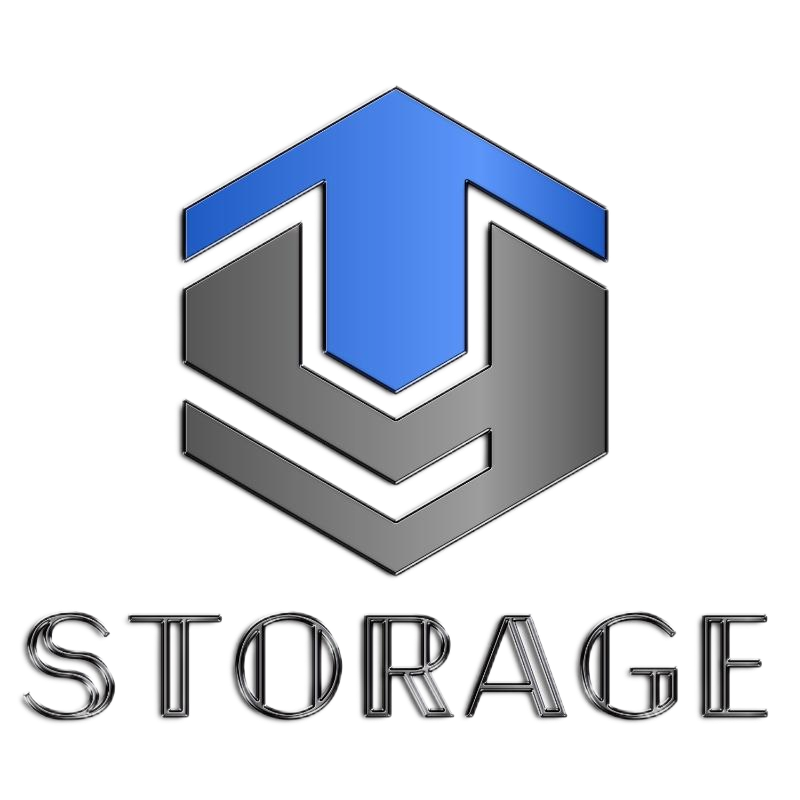How Can Cabinet Wholesalers Slash Energy Bills with LED Strip Lights in Commercial Rollouts?
In the competitive world of cabinet wholesale distribution, maintaining profitability is about more than selling quality products at the right price. Operational efficiency, brand presentation, and cost control all play vital roles in keeping a business strong in today’s market. Among these operational concerns, energy consumption is often overlooked, especially in large showroom spaces, partner store installations, and warehouse operations.
For cabinet wholesalers, one of the most effective and versatile solutions to reduce energy usage — while at the same time enhancing product presentation — is the use of LED strip lights. This form of lighting is transforming how wholesalers plan commercial rollouts, enabling them to deliver stunning displays for retail partners while significantly cutting down on electricity bills.
This guide will explore why LED strip lights are a smart choice for cabinet wholesalers, how to integrate them effectively into commercial projects, and how to maximize savings across multiple locations.
Why Energy Efficiency Matters for Cabinet Wholesalers
The wholesale cabinet industry is highly competitive, with tight margins and increasing customer expectations. For wholesalers, energy costs in showrooms, warehouses, and partner store rollouts can add up quickly. Traditional lighting systems such as halogen and fluorescent fixtures consume high amounts of electricity and often require frequent maintenance.
LED strip lights provide a solution that directly addresses these issues. They are designed to deliver high-quality illumination at a fraction of the energy cost, and their long service life dramatically reduces the need for replacements. In large-scale rollouts, the cumulative savings from switching to LED strip lights can be substantial.
From a B2B perspective, energy efficiency is also a branding tool. More retail chains and commercial buyers want to work with suppliers who demonstrate sustainability and corporate responsibility. Offering lighting solutions that reduce energy waste helps position cabinet wholesalers as forward-thinking and environmentally conscious partners.
Understanding LED Strip Lights in a Wholesale Context
LED strip lights are narrow, flexible circuit boards lined with light-emitting diodes. They can be cut to size, bent around corners, and installed in tight spaces that traditional lighting can’t reach. For cabinet wholesalers, these characteristics make them perfect for:
Illuminating cabinet interiors to showcase shelves, drawers, and finishes
Adding under-cabinet lighting in showroom kitchens or bathroom displays
Highlighting architectural lines or design accents on cabinetry
Providing cost-efficient warehouse lighting in workstations and packing areas
Unlike bulky fixtures, LED strip lights integrate seamlessly into product displays without distracting from the cabinetry itself. This not only enhances visual appeal but also provides practical illumination that helps customers examine materials and finishes more closely.

Key Benefits of LED Strip Lights for Cabinet Wholesalers
Substantial Energy Savings
LED strip lights consume far less power than halogen or fluorescent fixtures. Energy savings of up to 80% are common in commercial applications. For wholesalers managing multiple showrooms or large partner rollout programs, this can mean thousands of dollars in reduced utility expenses each year.
Enhanced Product Presentation
Lighting is one of the most important factors in how customers perceive a product. LED strip lights offer consistent, even illumination that brings out the true colors and textures of cabinetry. Warm white temperatures (2700–3000K) create a cozy, home-like atmosphere for traditional designs, while cool white (4000–5000K) suits contemporary, sleek cabinetry styles.
By eliminating shadows and providing uniform light, LED strip lights make it easier for buyers to appreciate craftsmanship details, improving the likelihood of sales.
Flexible and Fast Installation
With adhesive backing, modular connectors, and the ability to cut strips to precise lengths, LED strip lights are ideal for quick rollouts. This is a major advantage in B2B projects where installation speed affects store opening schedules. Wholesalers can ship pre-measured, ready-to-install lighting kits directly to partner stores, reducing onsite labor costs and ensuring consistent presentation across locations.
Long Service Life and Low Maintenance
LED strip lights can last between 30,000 and 50,000 hours. This longevity means fewer replacements and less disruption in commercial environments. Reduced maintenance is particularly important in multi-location rollouts, where sending service crews to replace burnt-out lights can be costly and time-consuming.
Smart Control Integration
Many LED strip lights are compatible with dimmers, occupancy sensors, and smart control systems. This allows wholesalers and their retail partners to adjust lighting levels according to store traffic, promotional events, or time of day. Automated dimming during off-hours can deliver an additional 20–30% energy savings.
Strategies for Integrating LED Strip Lights into Commercial Rollouts
Conduct an Energy Audit
Before replacing existing lighting, wholesalers should assess current energy consumption in showrooms, warehouses, and partner stores. This data can help identify high-usage areas where LED strip lights will deliver the most savings.
Develop Standardized Lighting Packages
A wholesale-ready LED lighting kit should include pre-cut LED strip lights, drivers, connectors, and installation guides. Standardizing packages simplifies logistics, reduces installation time, and ensures brand consistency across multiple retail locations.
Leverage Bulk Purchasing
Wholesale buyers can secure better pricing by sourcing LED strip lights in large quantities directly from manufacturers. Bulk orders not only reduce unit costs but also provide consistent quality across all locations.
Differentiate Product Lines with Lighting
Wholesalers can use higher-CRI (Color Rendering Index) LED strip lights for premium cabinet lines and cost-efficient strips for standard lines. This subtle differentiation can help communicate product value to end customers.
Extend Usage Beyond Showrooms
LED strip lights aren’t just for display cabinets. They can be installed in warehouse aisles, packaging stations, and office spaces, replacing outdated fluorescent tubes and further reducing energy costs.
Calculating ROI for LED Strip Lights
When evaluating the cost-effectiveness of LED strip lights, wholesalers should consider:
Initial Investment: Fixture cost, installation materials, and labor
Operational Savings: Reduced electricity use and lower maintenance expenses
Payback Period: Most LED strip light retrofits achieve ROI within 12–24 months
Extended Benefits: Enhanced brand image, improved sales from better product presentation, and increased partner satisfaction
For large-scale commercial rollouts, the savings can compound across dozens or hundreds of locations, significantly improving profitability.
Environmental and Brand Marketing Benefits
Switching to LED strip lights helps wholesalers align with global sustainability trends. Reduced energy usage lowers carbon emissions, which can be highlighted in marketing materials and B2B sales pitches. In competitive tender situations, this environmental benefit can be a deciding factor for corporate buyers and retail chains seeking eco-friendly suppliers.
Best Practices for Implementation
Choose commercial-grade LED strip lights with proper certifications such as UL, CE, or RoHS
Train installation teams and retail partners on correct setup for optimal performance
Use modular, replaceable sections to simplify future upgrades
Combine with smart controls for maximum efficiency
Schedule routine inspections to ensure lighting quality remains consistent over time
Future Trends in LED Strip Lights for Wholesale Applications
LED strip light technology continues to evolve. Upcoming trends include:
Higher lumen efficiency for even lower energy use per watt
Color-tunable options to adjust lighting for seasonal displays or promotions
Wireless control systems for centralized management of multiple store locations
Eco-friendly materials to enhance recyclability and reduce environmental impact
Wholesalers who stay ahead of these trends will be better positioned to offer innovative solutions to their retail partners.
FAQ
How much energy can LED strip lights save in a showroom environment?
They can reduce lighting-related energy use by up to 80% compared to halogen or fluorescent lighting.
Are LED strip lights durable enough for continuous commercial use?
Yes, commercial-grade LED strip lights are designed for 24/7 operation and can last tens of thousands of hours.
Can LED strip lights directly improve cabinet sales?
Yes, better lighting enhances product visibility and appeal, which can positively influence purchasing decisions.
Do LED strip lights require professional installation?
Many are simple to install, but professional installation is recommended for large-scale rollouts to ensure safety and consistency.
Are LED strip lights suitable for warehouse applications?
Yes, their slim profile makes them ideal for under-shelf and aisle lighting, improving visibility without bulky fixtures.
Table of Contents
- How Can Cabinet Wholesalers Slash Energy Bills with LED Strip Lights in Commercial Rollouts?
- Why Energy Efficiency Matters for Cabinet Wholesalers
- Understanding LED Strip Lights in a Wholesale Context
- Key Benefits of LED Strip Lights for Cabinet Wholesalers
- Strategies for Integrating LED Strip Lights into Commercial Rollouts
- Calculating ROI for LED Strip Lights
- Environmental and Brand Marketing Benefits
- Best Practices for Implementation
- Future Trends in LED Strip Lights for Wholesale Applications
-
FAQ
- How much energy can LED strip lights save in a showroom environment?
- Are LED strip lights durable enough for continuous commercial use?
- Can LED strip lights directly improve cabinet sales?
- Do LED strip lights require professional installation?
- Are LED strip lights suitable for warehouse applications?

